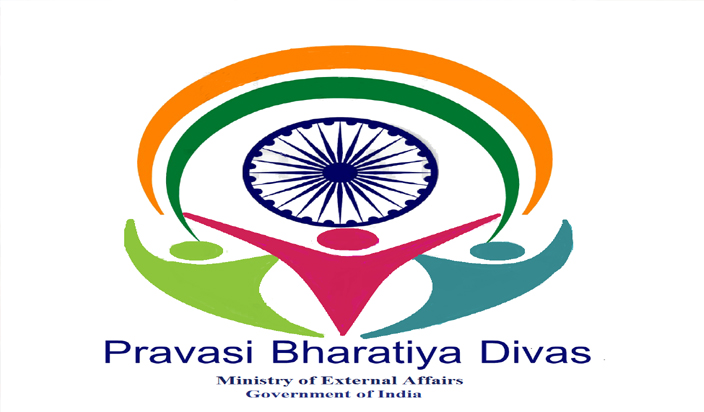India will hold its 15th Pravasi Bharatiya Divas (PBD) from January 21 to 23 in Varanasi. But does it hold any purpose for the country at all? Critics say the PBD has turned into a rich NRIs’ platform where poor diaspora has hardly any say on any matter related to NRIs. While this comment is largely true, but it will be improper to trash the importance of the platform which aims to help diaspora bond with the country of their origin and bring out the best out of them in terms of knowledge, skill and investments.
At the time when Indian currency has declined more than 14 per cent against the dollar and for this, surging oil prices, trade tensions and rising US interest rate is cited as key reasons, officials from the finance ministry and the RBI are discussing a plan to raise money from non-resident Indians. Earlier too, India has resorted to bond sales and dollar deposits to overseas Indians to attract foreign funds and ward off pressure on the rupee. RBI had put in place a so-called foreign currency non-resident bank deposits plan in 2013 to support the dwindling rupee value. Meaning is clear: India has more trust on diaspora than others at the moment of crisis.
When the world economy is facing heat due to recession, galloping rise in crude oil prices, trade war between America and China, NRIs are managing to send huge amount of dollar money in remittances to India. In 2017, as per the World Bank, India received $69 billion in remittances from diaspora, while China notched up second position by receiving $64 billion in remittances.
Since 1994, India has been a top recipient of remittances. Only three times—first in 1998 when France pipped India past by a small margin then in 2005 and 2007 when China managed to get slightly more than India, there has no look back for the country in terms of remittances. There is a myth that more than 90 percent remittances come from the UAE, Saudi Arabia, Kuwait, Qatar, Oman and Bahrain-based blue collar workers. But records show that white collar NRI workers, professionals from the US, Canada and Europe accounted for around 45 per cent of contributions to the total remittances received by India in 2014, 2015, 2016 and 2017. In a written reply to question in Lok Sabha on July 28, 2017, Minister of State for Finance and Corporate Affairs Arjun Ram Meghwal said Rs 3799.59 crore worth of investments were made by NRIs from April 2014 to April-May 2017.
Yet they are not helping their country of origin with money and investments alone, they are also playing a major role in substantial flow of knowledge, technology transfer, charity and tourism. Though former RBI Governor Raghuram Rajan, ex-NITI Aayog Deputy Chairman Arvind Panagariya and former Chief Economic Adviser to the Indian government Arvind Subramanian have in recent time returned to the US to join back their academic institutions, their intellectual contributions in their respective field in India can’t be pushed to the margins of history.
A study by the Harvard Law School said that 50 per cent NRIs embraced India again after spending decades in the comfort of Western life. Some of them came back to their home land to launch start-up businesses. The study also brought into light some startling facts like 10 per cent Indians held senior managerial positions in the US, but 44 per cent found jobs at the same level in India on their return; 61 per cent of Indians found opportunities for professional advancement better at home than in the US; 79 per cent were motivated to return home because of growing demand for their knowledge and skills in India. Some of NRIs have returned to their motherland to leverage education and experiences they gained abroad.
In a written reply to a question on December 21, 2017 in the Lok Sabha, Y S Chowdhury, Minister of State for Science and Technology said that 649 Indian scientists returned to the country between 2012 and 2017. To make the PBD more meaningful in its purpose, New Delhi has recently announced several schemes, including Global Initiative of Academic Networks (GIAN), VAJRA (Visiting Advanced Joint Research), Ramanujan Fellowship Scheme to attract NRIs and Persons of Indian Origin to contribute in these fields. It has been through PBD, NRIs are being encouraged to participate in initiatives like capacity building of artificial intelligence, affordable waste management and affordable solar power. All this belies criticism that the platform has not lived up to its expectations. It is true that voices of poor NRIs working in the Gulf or Africa have failed to gain traction with the organisers of the PBD years after years, but for some small problems terming the country’s diaspora connect exercise a futile attempt will be like killing a goose that lays golden eggs.
Disclaimer: The opinions expressed in this article are the personal opinions of the author. The facts and opinions appearing in the article do not reflect the views of NEWSD and NEWSD does not assume any responsibility or liability for the same.


















